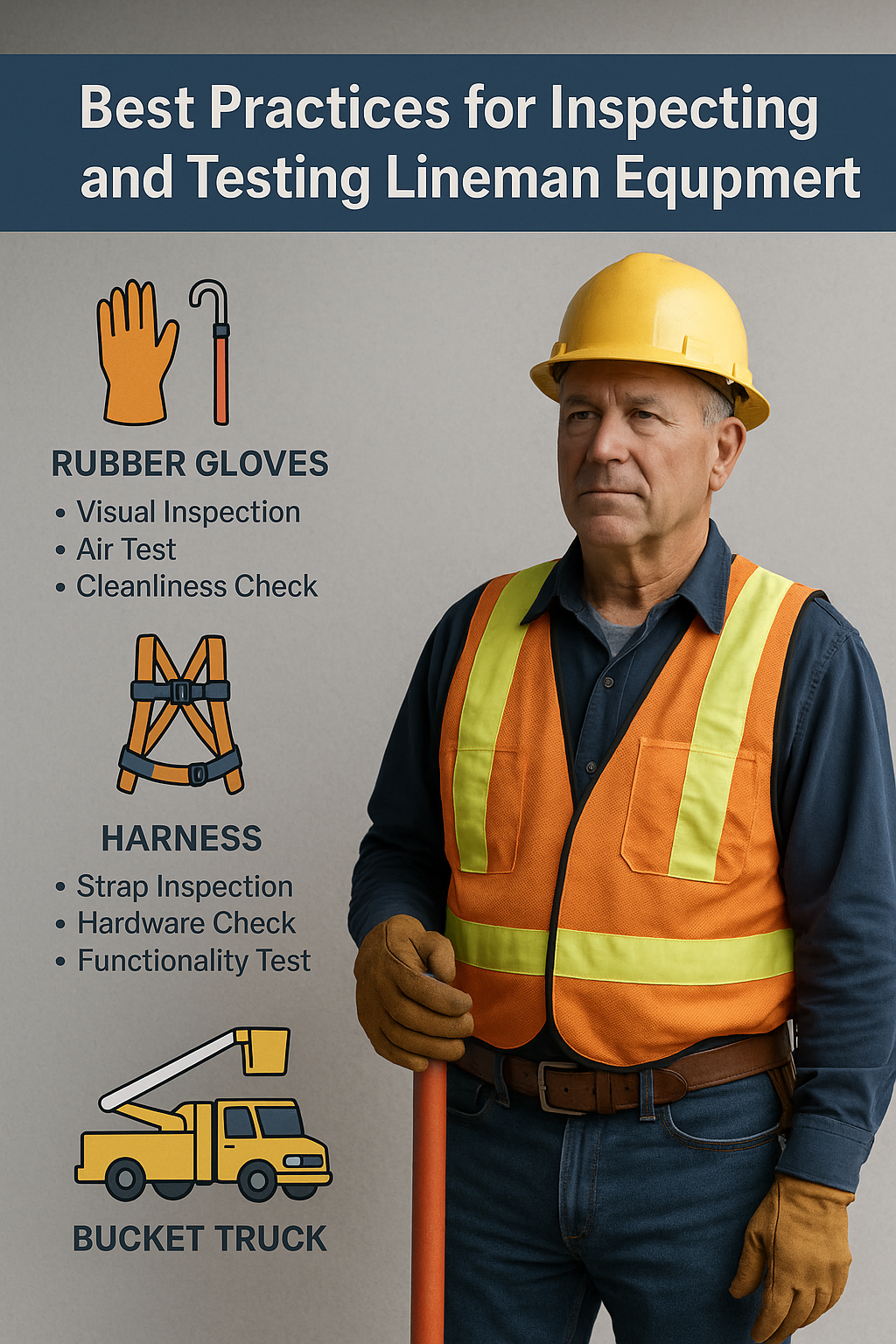Best Practices for Inspecting and Testing Lineman Equipment
Lineman work requires strict adherence to safety protocols. A critical aspect of this safety is ensuring that all tools and equipment are properly inspected and tested before use. Faulty or worn-out equipment can lead to serious injuries, power outages, or even fatalities. So what are the best practices for inspecting and testing lineman equipment, helping to maintain safety, efficiency, and compliance with industry standards?
1. Understanding the Importance of Equipment Inspections
Routine equipment inspections are crucial for:
- Preventing accidents caused by faulty gear.
- Extending the lifespan of tools and equipment.
- Maintaining compliance with OSHA and other industry regulations.
- Reducing downtime due to equipment failure.
Lineman equipment, from harnesses and rubber gloves to hot sticks and bucket trucks, should be inspected before each use and at regular intervals to identify wear, damage, or contamination.
2. Inspection Checklist for Common Lineman Equipment
Rubber Gloves and Sleeves
Rubber gloves and sleeves protect linemen from electrical shock and must be inspected before each use. The best practices include:
- Visual Inspection: Look for cuts, punctures, or cracks. Even small damage can compromise insulation.
- Air Test: Inflate the gloves manually or with a mechanical inflator to detect air leaks.
- Cleanliness Check: Dirt and contaminants can reduce insulation properties. Use a mild detergent and allow them to dry completely.
- Storage: Store gloves in a protective bag away from direct sunlight, sharp objects, and extreme temperatures.
Testing Frequency: OSHA requires electrical gloves to be tested every six months to ensure their integrity.
Hot Sticks and Live-Line Tools
Hot sticks are essential for working on live electrical lines while maintaining a safe distance. Proper inspection includes:
- Visual Inspection: Check for cracks, splinters, or signs of wear.
- Dielectric Testing: Regular testing with a hot-stick tester ensures insulation integrity.
- Cleaning: Remove dirt and contaminants with approved cleaning solutions to prevent tracking and electrical conductivity.
- Storage: Keep hot sticks in protective tubes or bags to prevent physical damage.
Testing Frequency: OSHA and ASTM standards recommend dielectric testing every two years.
Fall Protection Gear (Harnesses, Lanyards, and Climbing Equipment)
Lineman safety harnesses and lanyards must be inspected regularly to prevent falls. Best practices include:
- Strap Inspection: Look for frayed, cut, or excessively worn straps.
- Hardware Check: Inspect buckles, D-rings, and connectors for cracks, rust, or deformation.
- Functionality Test: Ensure that locking mechanisms and adjustable components function correctly.
Testing Frequency: Fall protection gear should be inspected before every use and formally checked at least annually by a competent person.
Bucket Trucks and Aerial Devices
Bucket trucks allow linemen to access high-voltage areas safely. Routine checks include:
- Hydraulic System Inspection: Look for leaks, worn hoses, and fluid levels.
- Lift Mechanism Test: Ensure smooth operation and no unusual sounds.
- Electrical System Check: Confirm that grounding and insulation are intact.
- Bucket and Harness Inspection: Check for cracks, proper securing, and safety harness anchorage points.
Testing Frequency: Routine daily inspections should be performed before use, with in-depth inspections scheduled monthly.
Climbing Gear (Hooks, Gaffs, and Belts)
Climbing gear must be in optimal condition to prevent slips and falls. Proper inspection includes:
- Gaffs: Ensure they are sharp and properly shaped. Dull gaffs can slip on poles.
- Belts and Straps: Check for wear, stretching, or cracks.
- Buckles and Adjustments: Ensure they lock securely and do not slip under load.
Testing Frequency: Inspect before every use and have a professional assessment annually.
3. Best Practices for Testing Lineman Equipment
Use Manufacturer-Approved Testing Methods
Each piece of lineman equipment has specific testing requirements outlined by the manufacturer and regulatory bodies. Following these guidelines ensures that tools remain compliant and effective.
Implement a Preventive Maintenance Schedule
A structured preventative maintenance program helps detect potential failures before they occur. This includes scheduled testing, cleaning, and calibration.
Keep Detailed Inspection and Testing Records
Documenting inspections and test results is critical for compliance with OSHA, ASTM, and company safety policies. These records serve as proof of compliance and help track the lifecycle of equipment.
Train Linemen on Proper Inspection Procedures
All linemen should be trained to inspect their tools properly before use. Hands-on training sessions and refresher courses help reinforce best practices.
4. Common Mistakes to Avoid in Equipment Inspections
- Skipping Daily Inspections: Small defects can become major hazards if not caught early.
- Using Equipment Beyond Its Lifespan: Follow manufacturer guidelines for replacement intervals.
- Improper Storage: Exposure to extreme temperatures, moisture, or contaminants can degrade materials.
- Ignoring Manufacturer Recalls and Updates: Stay informed about recalls or changes in safety standards.
5. Prioritizing Safety with Rigorous Inspections
Regular inspections and testing are the backbone of lineman safety. By following these best practices, linemen can ensure their equipment is in top condition, minimizing risks and improving overall efficiency. Investing time in proper inspection routines not only protects workers but also enhances reliability in the electrical grid.
Safety starts with the tools you use, so make inspections and testing a non-negotiable part of your daily routine.




